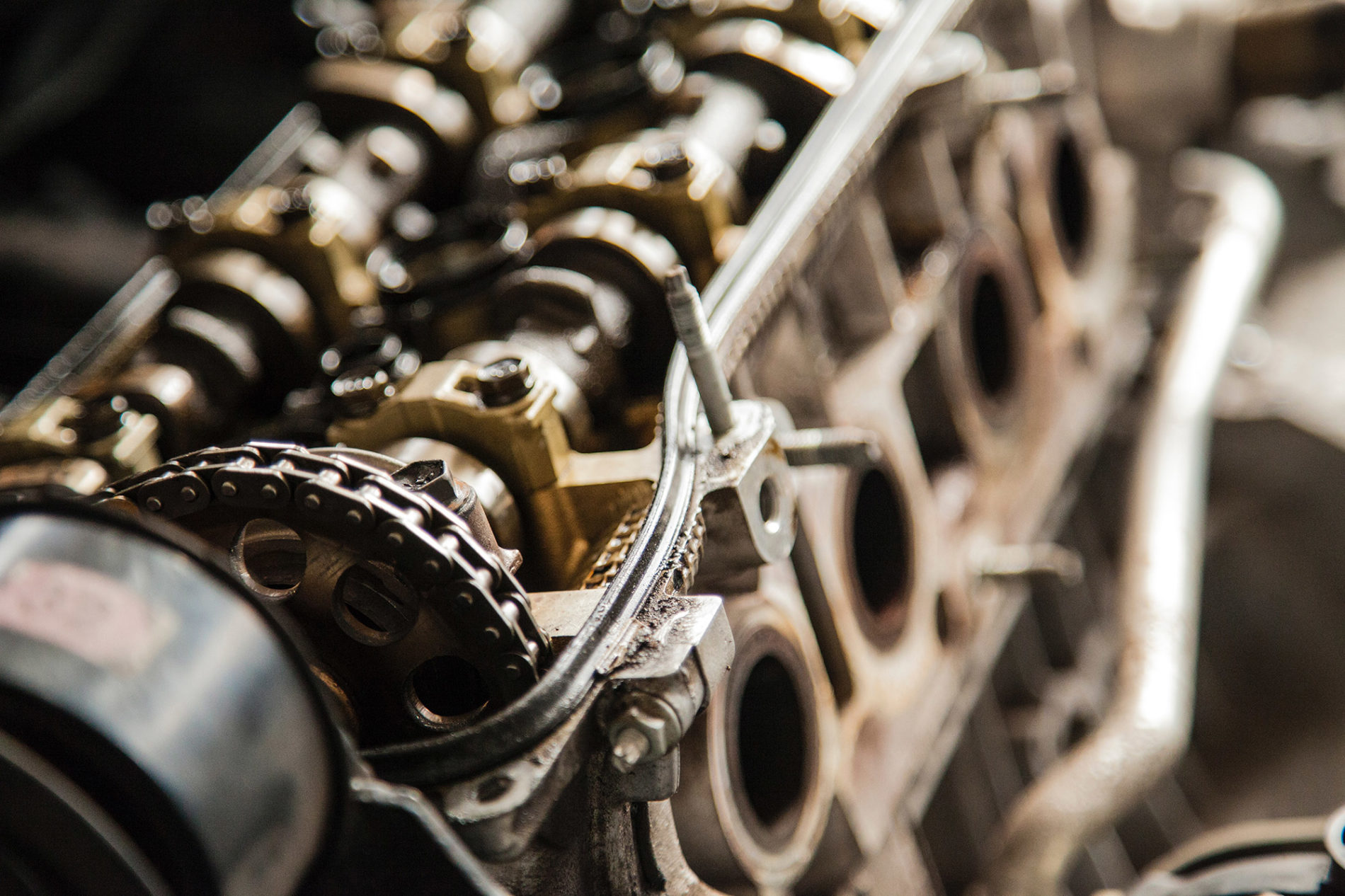
David Johnson
President & CEO
Achates Power, Inc.

Fabien Redon
Vice President, Technology Development
Achates Power, Inc.
SAE has done a great job organizing the High Efficiency IC Engine Symposium, held just prior to and in conjunction with their annual World Congress. This is the third year of the Symposium, and it was very well attended with many more participants from overseas than the previous years. We were pleased to be invited to speak at the Symposium for the third year in a row.
During our Monday afternoon presentation, we described how our efficient and low cost, opposed-piston engine can be applied to light-duty applications in an OP4™ configuration. Some of the key findings presented:
- Low engine-out NOx levels enable compliance with LEV 3 and Euro 6 emissions standards. Notably, Euro 6 compliance does not require SCR aftertreatment, a significant cost savings in and of itself.
- Techniques for early catalyst light-off enable the OP4 to get catalysts to operating temperatures much more quickly than conventional diesel engines in order to meet these stringent emissions limits.
- Because the OP4 has low fuel consumption with broad efficiency areas across the speed-load map, it consumes 13.5% less fuel on a representative cycle versus a benchmark engine (Mercedes 1.8L OM651). Since the benchmark engine is a Euro 5 engine, a Euro 6 comparison would be even more favorable.
- The OP4 has less vibration than a four-cylinder, four-stroke engine.
- The OP4 fits into a representative vehicle for this class.
The opposed-piston engine sets a new benchmark for efficiency in light-duty markets just as it does in medium- and heavy-duty markets.
This message fit well with some of the overall themes from the Symposium and World Congress.
First, it comes as no surprise to readers of this blog, but it’s clear that the global automotive industry now understands that internal combustion engines will persist for many decades. With that in mind, significant efforts are being made and will continue to be made to maximize efficiency.
Second, there is a great deal of research into potential improvements to four-stroke engines to both reduce emissions and increase efficiency. But, all of these improvements add significant complexity and cost. In many cases, the opposed-piston engine already offers better efficiency and/or lower emissions with lower complexity and costs.
For example, GDCI (Gasoline Direct-Injection Compression Ignition) engines use direct injection, a supercharger and variable valve actuation to adjust the charge composition and temperature for optimal combustion. The opposed-piston engine also uses a supercharger and direct injection, but it doesn’t require a complicated valve train to adjust charge composition and temperature—the control over these variables is inherent in the architecture. Moreover, GDCI engines have challenges managing high brake mean effective pressures. The opposed-piston engine, on the other hand, has a natural advantage as a two-stroke engine, since it has relatively low BMEP.
As another example, RCCI (Reactivity Controlled Compression Ignition) uses port injection for the low reactivity fuel, causing significant unburned hydrocarbons. Because the opposed-piston engine is able to package multiple injectors in each combustion chamber, both high reactivity and low reactivity fuel can be directly injected, thereby minimizing HC emissions.
Up until now, the industry could meet regulatory and customer requirements with four-stroke engines. With continuously escalating demands for lower emissions and reduced fuel consumption, it is a natural time to transition to the opposed-piston architecture with its inherent advantages in low emissions, high efficiency, simplicity, flexibility and cost.
